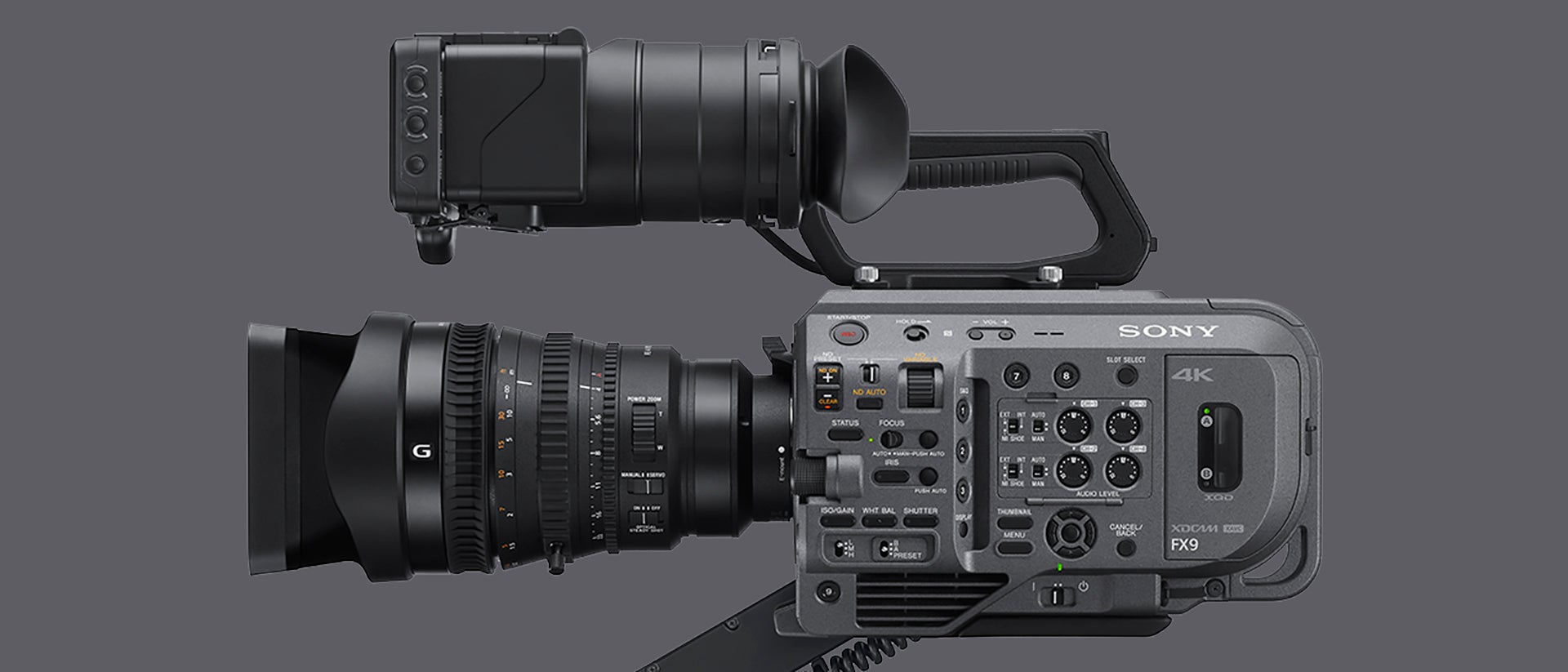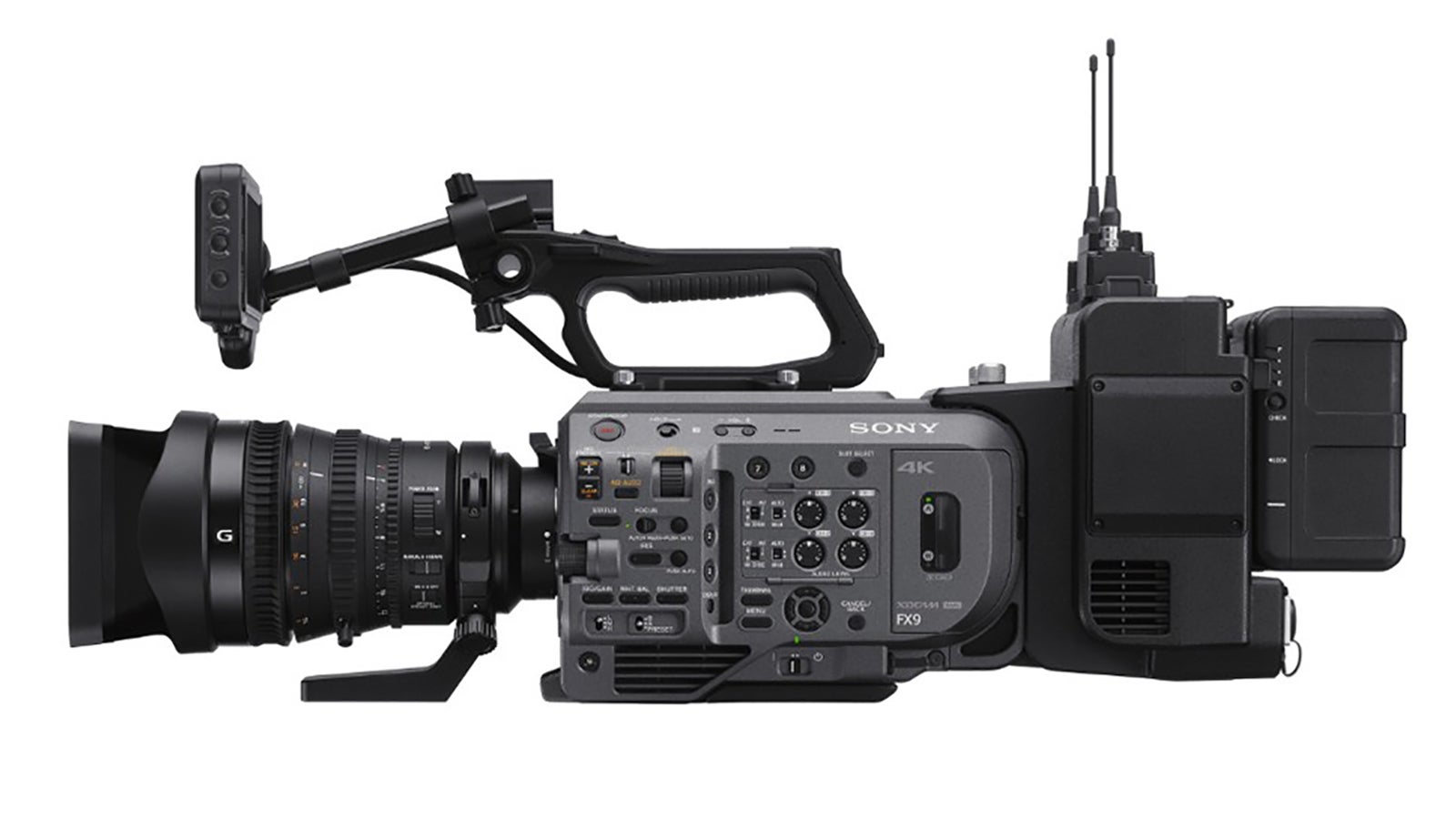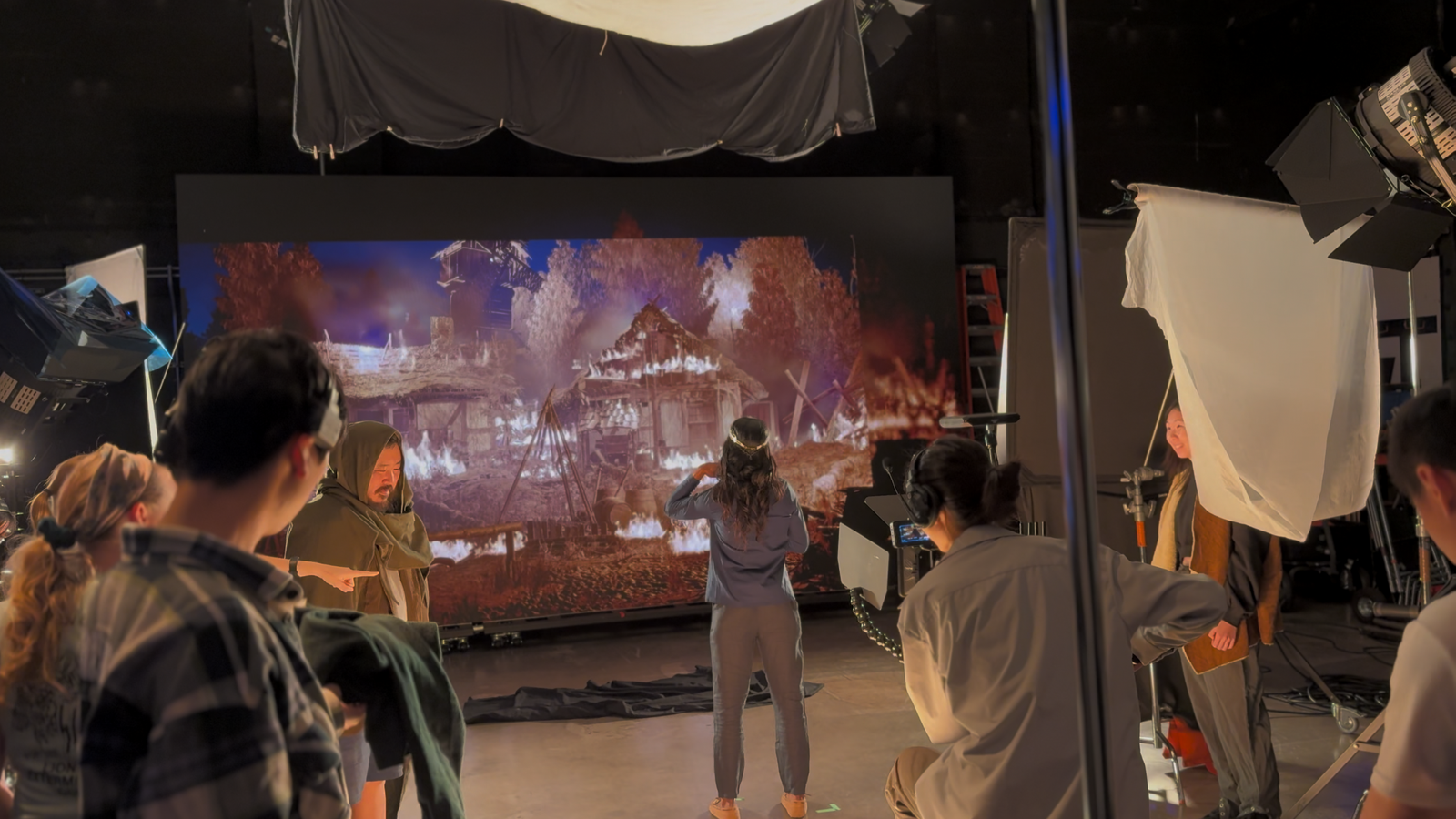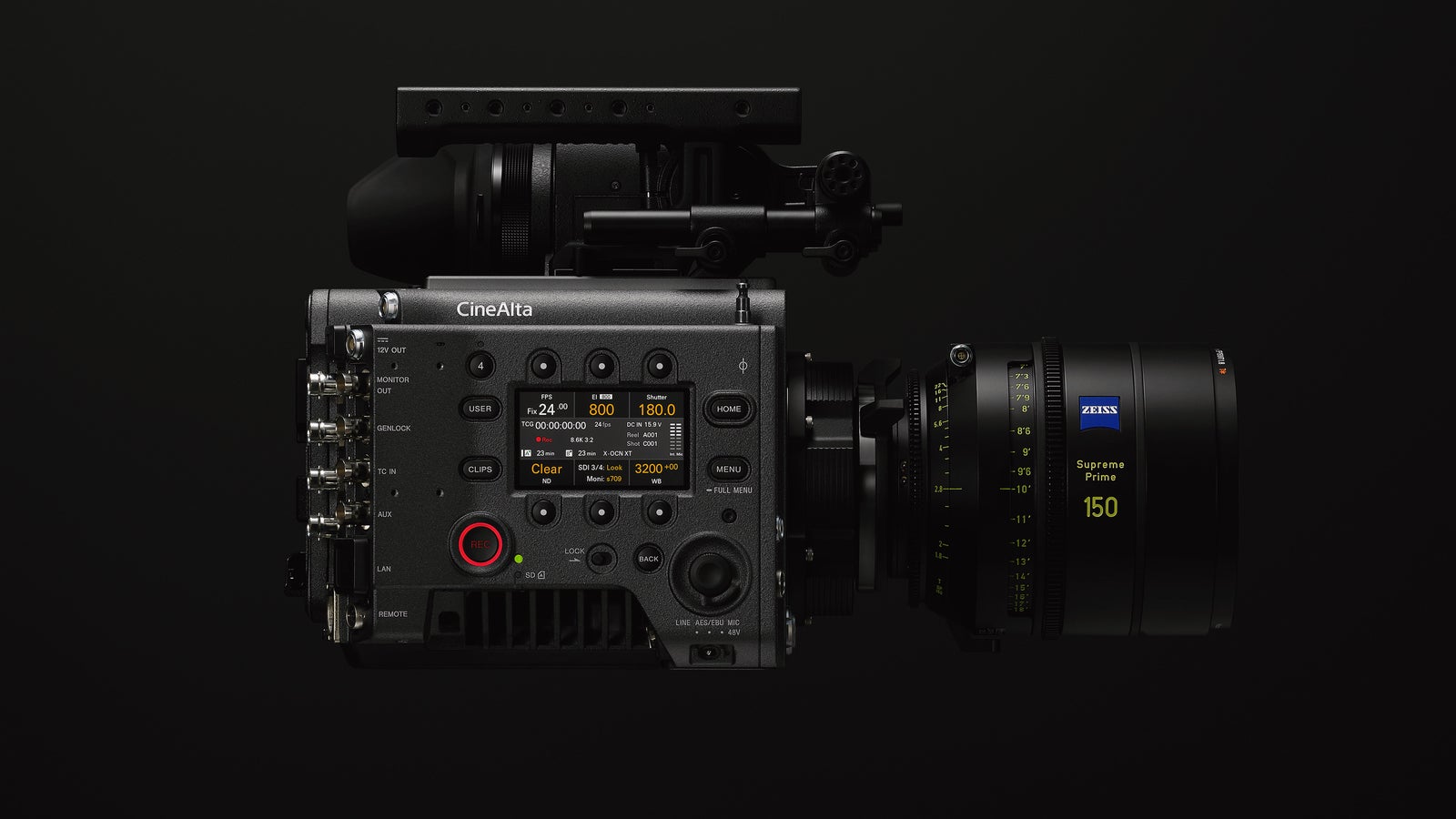
04-06-2021 - Gear, Technology
3 Things You Didn't Know About the Sony FX9
By: SonyCine Team
Created in partnership with No Film School.
The Sony FX9 is a full-frame cinema camera that packs a 6K punch.
The Sony FS7 camera and its sequel the FS7 II were mega-hits among filmmakers. Both are amazing cameras for shooting an independent feature, a documentary, broadcast content, or web series—they did it all.
When it came time for the next-gen, Sony had big shoes to fill and did so with the FX9. Building on years of experience, Sony added a 6K full-frame sensor to the FX9, which creates oversampled 4K images that are cleaner with fewer artifacts. Building on the color science of the popular Sony VENICE, they were able to evolve the color profile straight from the camera to make it more pleasing, more flexible, and to intercut seamlessly among the Sony Cinema Line.
The marquee feature that created a tremendous amount of buzz was the autofocus. Now with a recent update in firmware, performance has gotten even better. The autofocus system on the FX9 was the first system that got filmmakers excited about capturing tack sharp video.
Even with all the talk about the FX9's capabilities, here are a few details that you might have missed.
It's Not One Autofocus Technology but Two
The FX9 is very popular for its absolutely stunning autofocus capabilities, but many don't know it comes from not one but two technologies. The FX9 has Fast Hybrid AF, using both phase detect autofocus and contrast detect autofocus to ensure that it is giving you the absolute best focus possible with the least human intervention.
Phase detect autofocus is built at sensor level and is used for the broad strokes of getting the focus into the right range as quickly as possible. Phase detect doesn't need to "hunt" the way traditional autofocus does. Older AF systems frequently needed to overshoot focus then return to sharpness, giving away to the audience that signature "autofocus" effect.
Once PDAF has gotten you in range, contrast detection autofocus kicks in to make sure that maximum contrast and sharpness are present on the in-focus object. It's the combination of the two technologies working together that makes the autofocus experience so stunning on the camera. On top of that, you can intervene and use the touch screen to tell the camera where you want the focus to land, and it will do so at the point of a finger. Add on top of that face detection and eye detection, and the FX9 is really the camera that brought autofocus into the world where filmmakers are forced to take it seriously.

Audio Slot Receiver
One of our favorite features on the FX9 is the audio receiver slot found on the optional XDCA-FX9 Extension Unit. The audio receiver slot is designed to work with Sony DWX series, URX series, and most interesting, the dual UWP receivers from Sony.
If you've worked on a small set in the last decade you are used to mounting an audio receiver to the side of the camera. It usually requires power, mounting hardware, and cabling. With the mounting slot, you slide it in, it's powered by the camera, and there is no cable management to worry about. With the UWP-D two-channel portable receiver, the camera can receive audio from not one but two transmitters. So if you are doing an interview setup without a mixer you can run both signals right into the camera, no muss.
Even without the XDCA-FX9 Extension Unit, the FX9 supports 4-channel audio recording and has two XLR inputs that provide phantom power. Having multiple options for audio is always a must.
Smooth Variable ND Filter
An internal ND filter is one of those things that is just incredibly useful. When working outside in bright light, you want to be able to stack the ND filters so you can work at a reasonable aperture, and an internal ND wheel saves the hassle of carrying around a set of filters and matte box.
The FX9 was the first full-frame camera to offer not an internal ND system, but a smooth system. Unlike competitors' "click" based systems that click through changes in the filtering system, the Sony system is a smooth system that allows you to dial up or down the amount of ND with a wheel and watch the transition happen in real-time. This allows for incredibly precise alignment of ND power, and also allows for things like ND aperture racks that can happen so smoothly that they aren't noticed in your footage.
For instance, let's say you are shooting inside and want to walk outside through a doorway. You can of course rack aperture, but that is going to bring in a depth of field change that you may not want. With the FX9, you can just rack the ND filter as you walk through the door, and it'll be a smooth transition that, if timed right, your audience won't ever notice.
Conclusion
A great camera isn't just a matter of chasing every high-end spec, it's a long design process of analyzing how cameras are used in real-world shooting situations and developing solutions that shooters need. The FX9 shows all that attention and care with a clear focus on making it easier to focus on what's happening in front of the camera than the camera itself.
Want more insight on the Sony Cinema Line? Check out all the stories in our Sony Focus Week here.






